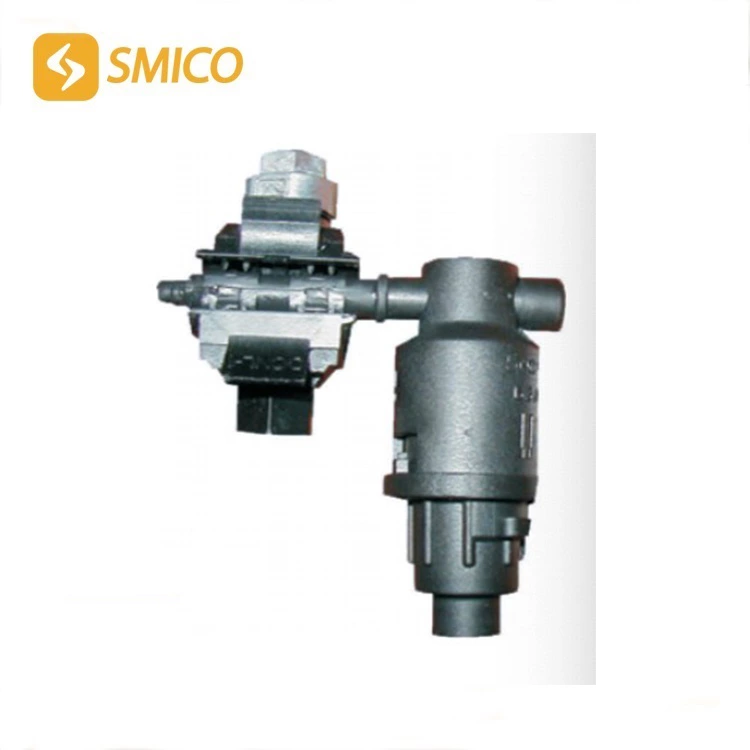Connector Momentary Disconnection Test Technical Specifications And Application Guidelines Explained!
In modern electronic systems, insulation connector is the key hub for signal and power transmission, and its reliability directly affects the stability of the entire system. As the core link of insulation piercing quality verification, the instantaneous interruption test detects microsecond signal interruption phenomena by simulating dynamic stress environments such as vibration and impact, and has become an indispensable detection method in high-reliability fields such as automotive electronics and aerospace. In this article, Xinpengbo Electronics will systematically explain the technical principles and implementation specifications of the instantaneous interruption test, and provide a quality control basis for the design and processing of insulation piercing clamp.
1. The core purpose of the instantaneous interruption test
1. Dynamic reliability verification:
Simulate 10-2000Hz vibration and 30g impact environment, detect 1μs-level signal interruption phenomenon, and evaluate the stability of contacts under mechanical stress. The automotive electronics field requires that the duration of the instantaneous interruption resistance>7Ω is ≤1μs, and the aerospace field needs to meet the higher standards of the GJB681 specification.
2. Failure mechanism analysis:
Identify the correlation between contact resistance mutation (>20mΩ) and shrapnel stress relaxation
Discover the asynchronous disconnection problem of multi-contact system and prevent the risk of cascading failure
3. Product life prediction:
Establish a failure probability model through 10^5 plug-in accelerated tests. The double contact design can reduce the risk of instantaneous disconnection by 82%
II. Key implementation considerations
1. Test system configuration specifications:
Use four-wire circuit to eliminate lead resistance interference, sampling rate ≥10MHz (corresponding to 100ns resolution)
Platinum probe is preferred, and the contact potential difference needs to be <5mV
Judgment standard: voltage drop>50% of the power supply electromotive force and last for more than 1μs
2. Environmental simulation parameter control:
Test level Vibration acceleration Temperature change rate Reference standard
Industrial grade 15g ≤5℃/min IEC 60512
Automotive grade 30g ≤3℃/min USCAR-2
3. Typical failure improvement plan:
Structural optimization: contact chamfer radius > 0.3mm, hyperbolic contact design
Process control: gold plating thickness ≥ 0.76μm to ensure wear resistance
Assembly specification: use a torque wrench to prevent virtual connection
III. Special requirements of the industry
Automotive electronics: must pass the USCAR-2 standard 30g vibration test
Medical equipment: need to verify the consistency of the instantaneous break characteristics after EO sterilization
ipc cable connector: test bandwidth must be ≥ 5GHz to eliminate crosstalk interference
Summary: This specification integrates international standards such as GJB681 and USCAR-2, and is suitable for design verification and quality control of various high-reliability ipc insulation piercing connector. During implementation, special attention should be paid to the anti-resonance design of the mounting fixture to avoid distortion of test results.

